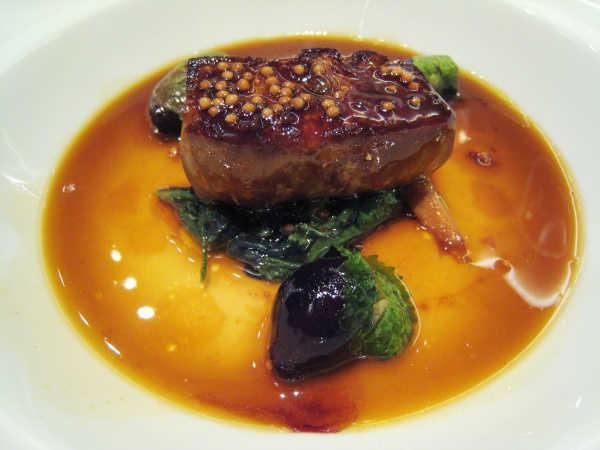Facts About Foie gras
Foie gras is a gourmet delicacy made from the liver of ducks or geese, traditionally fattened through a process known as gavage, which involves force-feeding. Esteemed for its rich, buttery, and delicate flavor, foie gras is a staple of French cuisine. The practice of force-feeding birds dates back to ancient Egypt, around 2500 BC.
France is the leading producer and consumer of foie gras, with Hungary and Bulgaria also making significant contributions to its production. However, the methods used to produce foie gras have sparked controversy due to animal welfare concerns. Critics highlight the force-feeding process, cramped living conditions, and the unnatural enlargement of the birds' livers. Consequently, several countries and regions have enacted laws banning force-feeding and the sale of foie gras.
Foie gras is available in various forms, including whole liver, mousse, parfait, or pâté, often served as an accompaniment to other dishes. In response to ethical concerns, some producers are exploring alternative methods to create fatty goose liver without force-feeding. Typically, foie gras is enjoyed as a luxury dish during special occasions, with duck foie gras being more widely available and affordable than its goose counterpart.
The controversy over foie gras has spurred vocal protests from animal rights groups, advocating for bans on its production and sale. Debates over the ethics of foie gras production have led to legislative changes in some areas. Despite these challenges, foie gras continues to be a highly prized delicacy, especially in France, where it remains deeply ingrained in culinary tradition.

 Germany
Germany